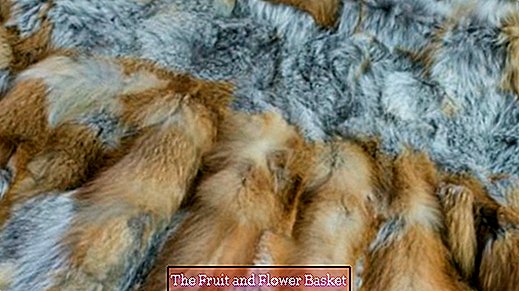Real fur distinguish from faux fur
Everywhere you see on the winter clothing fur bells and fur trims. Now and again ghastly reports came on television that this fur material often comes from Chinese raccoon dogs - the extremely cruel held and skinned. Who does not want to wear such real fur material (not to mention the cheap tanning, which can cause allergies), who can resort to artificial fur.
Although real fur is now subject to declaration, but it should give some black sheep in the textile industry, which do not. In addition, the labels are often missing for second-hand goods.
How do I differentiate real fur from faux fur?
- Study information about the laundry. If the fur collar is removable and the label says it is not machine washable, it is probably real fur. Faux fur can be easily washed in the machine (also important for house dust mite allergy).
- The structure of the fur: Most real fur has clearly recognizable awns and underneath so-called undercoat. The appearance of artificial fur is more uniform.
- The old trick, but is not in the business: pluck some fur material and light. It smells like burnt hair and not like sponged polyester: real fur!
- Pushing fur hair apart and looking at the underlying material: Looking at textile structures (woven or knitted) - artificial fur. Do you see leather - real fur.
With my contribution, I do not want to criticize fur carriers (fake fur is often produced under environmentally harmful conditions, to say nothing of the wages of textile workers). Everyone should wear what they want.
But there are a number of people who just do not want to wear fur anymore and who struggle with the distinction between artificial fur and real fur. Here my contribution could be useful.





